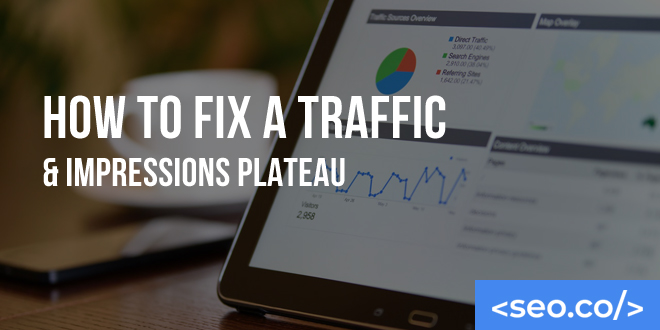SEO is all about increasing organic traffic to your site.
So what do you do when your traffic suddenly plateaus?
This is a common problem among many growing businesses.
They see steady traffic growth for months and then all of the sudden it starts to flatline.
Even if your SEO strategy hasn’t changed, seeing diminishing returns like this isn’t uncommon.
The question is why.
Well, many things can lead to a traffic plateau. In this article, we’ll go over the most common reasons and explain what you can do to fix them:
Table of Contents
1. Increase SEO input
As you probably know, SEO is a long game. You have to continually work on it to see steady results.
SEO inputs fall into three main categories:
- Publishing quality content
- Earning quality backlinks
- Making technical on-page optimizations
These are easier said than done, but they are crucial to long-term SEO. Without them, it’s practically guaranteed that your traffic will plateau or sink. So make sure you are working on them at a consistent or increasing rate.
2. Make sure content creation doesn’t outpace link velocity
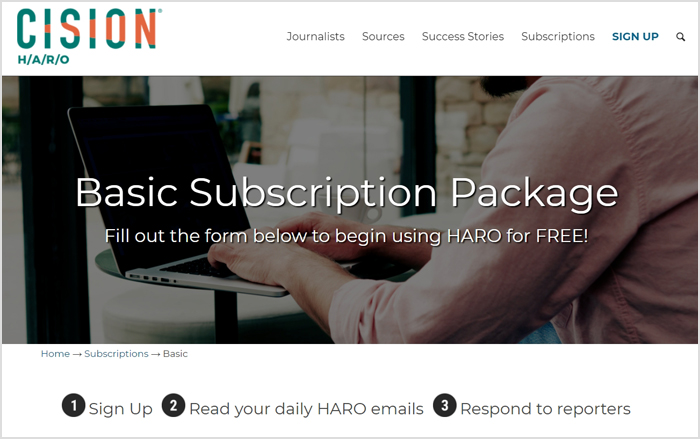
Another reason for traffic plateaus is content creation outpacing link velocity—the rate at which you earn backlinks to your website.
If you keep putting out new content but few people are linking to it, that’s a signal to Google that your content isn’t that great, which means your impressions might drop.
To fix this, you need to have a good link building strategy. Here are a few you can try:
- Help A Reporter Out (HARO)—This site connects industry experts like you to reporters looking for sources. If you get quoted, you can win a backlink.
- Broken link building—This involves finding broken links on other sites, informing the owner, and offering your site as a replacement link.
- Creating linkable assets—This means creating high-quality content like infographics, case studies, and ultimate guides to attract natural backlinks.
- Social media promotion—This means sharing link-worthy content on social media to attract more backlinks.
- Guest posting—This means offering to write content for another website so you can include a backlink to your site.
And the list goes on …
The key is to try out various strategies or engage link building services that work for you so that your link velocity keeps up with your content velocity.
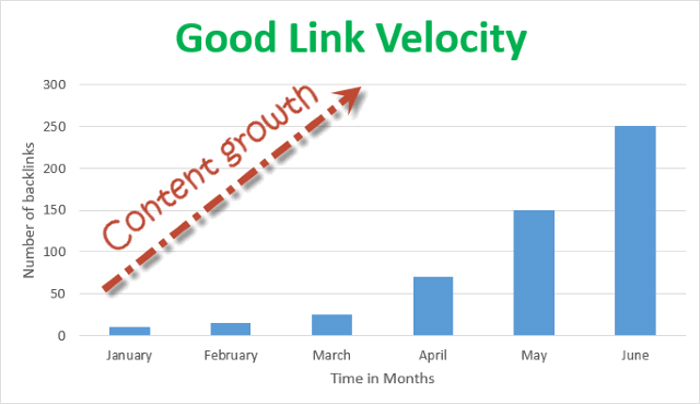
Source: https://bloggingx.com/link-velocity/
3. Update outdated content
Outdated content could also lead to a traffic plateau. It’s not enough to keep publishing fresh content.
You also have to make sure your old stuff stays up to date.
Fortunately, there’s an easy fix. We recommend doing a content audit at least once per year and then updating anything that’s no longer relevant or accurate. This could be old statistics, incomplete information, or just an old date. For example, you might update the headline “Best SEO strategies for 2020” with the current year.
4. Resolve on-site errors & search engine penalties
Your web traffic could also be slowing down from search engine penalties. Google penalizes websites for spam, duplicate content, unnatural backlinks, and more. They do this manually or whenever they roll out a new algorithm update.
To see if your site has received any penalties, check Google Search Console under “manual actions” for flagged items.
Among other things, you may need to delete duplicate pages, fix 404 errors, 301 redirect errors, disavow low-quality backlinks, or remove hidden text (aka keyword stuffing).
5. Improve site loading speed
Page speed is also important to Google because it’s a major factor in user experience (UX). So if your website is slow, your SEO will take a hit. To check your site’s loading speed, type the URL into PageSpeed Insights or a similar online speed test.
Keep in mind that websites naturally run slower as they develop with more pages and content.
The same is true if your site has too many ads and pop-ups.
So do whatever you can to clean up your site so that it’s optimized for loading speed.
Also, make sure your site is optimized for mobile. Over half of web traffic comes from mobile devices these days. So mobile speed is becoming more important to Google as well.
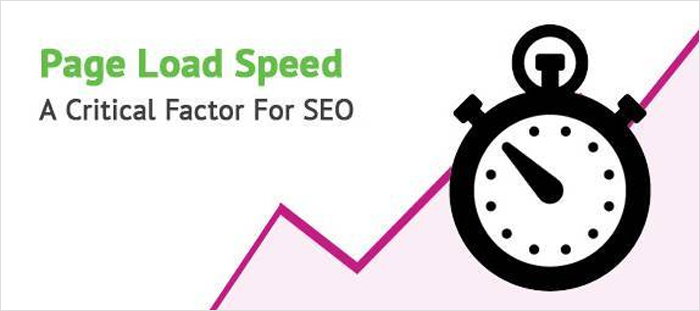
Source: https://www.daniloaz.com/en/5-most-important-reasons-to-increase-your-websites-loading-speed/
6. Repair site structure
Poor site structure will also make your web traffic plateau. If Google can’t understand how your site is organized, they’ll demote it in search rankings.
So it’s vital to keep your URL structures, XML sitemap, and internal linking in good condition. URL structures and XML sitemaps help Google site crawlers make sense of your site, while internal linking helps spread domain authority equally across your site’s pages. As your site grows, it’s important to keep it organized.
7. Fix other technical issues
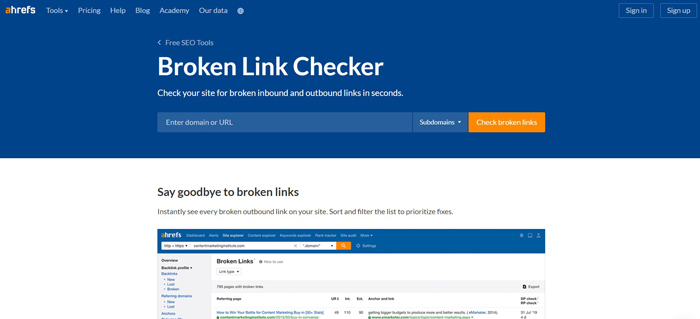
Lastly, there are a lot of other technical issues that could be causing a traffic plateau. They include 404 “page not found” errors, improper redirects, server issues, unoptimized images, and more.
To fix these, run your site through a broken link checker like the one by Ahrefs to detect broken outbound and inbound links, optimize images to render quickly, and run a site audit. Any technical issues should be addressed sooner than later.
Fixing a traffic plateau
Ultimately, coming out of a traffic plateau takes time. You can’t expect it to go away immediately.
But if you check for the issues listed above and fix what you find, you’re off to a good start!
And if you need a professional SEO audit, we’re here to help.
We can look under the hood of your website to give you a comprehensive view of the top 200 on and off-site Google ranking factors that could be causing a traffic plateau.
Contact us today for a free consultation.
Tim holds expertise in building and scaling sales operations, helping companies increase revenue efficiency and drive growth from websites and sales teams.
When he's not working, Tim enjoys playing a few rounds of disc golf, running, and spending time with his wife and family on the beach...preferably in Hawaii.
Over the years he's written for publications like Forbes, Entrepreneur, Marketing Land, Search Engine Journal, ReadWrite and other highly respected online publications. Connect with Tim on Linkedin & Twitter.
- SEO for Labor and Employment Lawyers: Top Tactics to Rank - October 4, 2024
- How to Find & Fix Duplicate Content on Your Website - September 24, 2024
- SEO for Tax Lawyers: Local & National Lead Generation for Tax Attorneys - September 18, 2024

